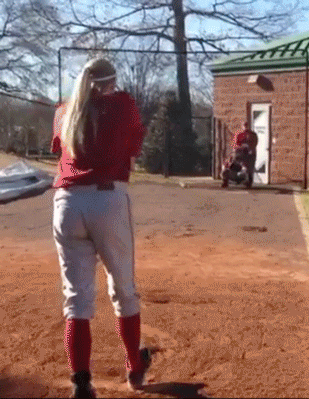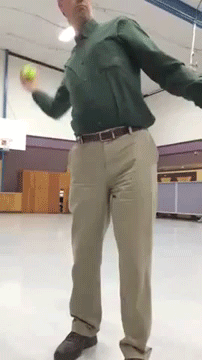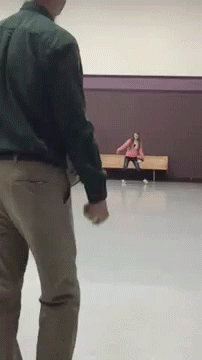I gotta disagree on this comment. The curve release, when creating slice AND palm up will create muscle memory making the rise even harder to learn. I'll always teach the rise before the curve. This way the only two movements new to her will be the wrist action coming up and into the belly button. The lack of initial pronation will be a no teach.
So the palm up curve cue after she understands and can throw a rise with the lack of initial pronation, is "throw it like a rise except the finish will be at the belly button?"









